If you’re reading this, chances are you’re looking to update your wardrobe. But, you’re not heading to the usual places – Zara, H&M, Express – for a quick and cheap fashion update. Instead, you’re looking to create a longer-lasting wardrobe that you love from brands that don’t have unethical and destructive manufacturing practices.
Determined to vote with your dollar against fast fashion, you find and browse through some ethical brands, only to feel like that dollar of yours isn’t going as far as you expected. When you see your cart total up to more than you’re used to spending (or more than you can afford at the moment), you might feel like you’re getting ripped off, or like you simply can’t afford to shop sustainably.
Still, you might not need a pay raise to have an ethical and sustainable closet.
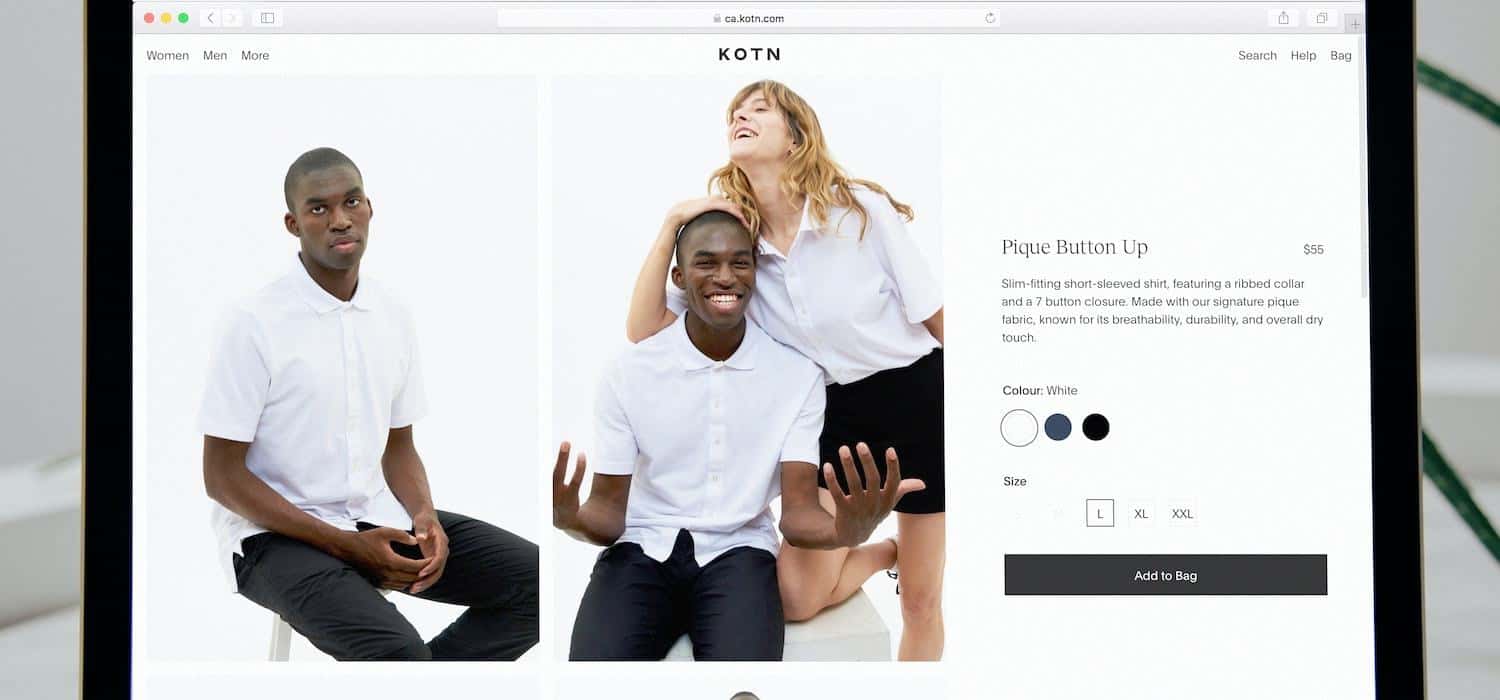
Before we move on, a clarification: The idea is to shift from buying large quantities of fast fashion clothes to buying lesser quantities from more sustainable brands (check out our directory linked above).
We need to make it known that for consumers who are genuinely able to financially, it is essential to re-evaluate existing shopping habits and support brands that are doing great work for our planet and her people.
Fast fashion doesn’t benefit anyone – not the farmers, workers, planet, or consumer due to the highly impactful processes involved, and for what, for it to fall apart and be thrown away after a handful of wears?
We should want to have long-lasting pieces we love that do not reap sorrow for all involved. This can be achieved in a lot of inclusive ways, from shopping less and supporting sustainable brands, to thrifting and swapping. Many articles here on Eco-Stylist talk about these different methods.
Getting into it, we need to establish that the reason the price of most ethically-made clothing is higher than traditional fast fashion is because you are paying for fair wages, low-impact resource usage, and business programs such as waste reduction. This means that nobody was abused, forced, or underpaid to make your shirt, and it also means that your purchase won’t contribute to the next major chemical spill into our oceans.
Fast fashion is sold at such a low price point thanks to the abuse of garment workers and the environment. Once you understand what manufacturing your clothing entails, you see that no t-shirt could ever cost only $5 if everyone who took part in its production were treated fairly and were in a safe environment. You can see exactly how bad it is for yourself here.
Here are some structured steps on how to afford your conscious closet:
1. Set a budget
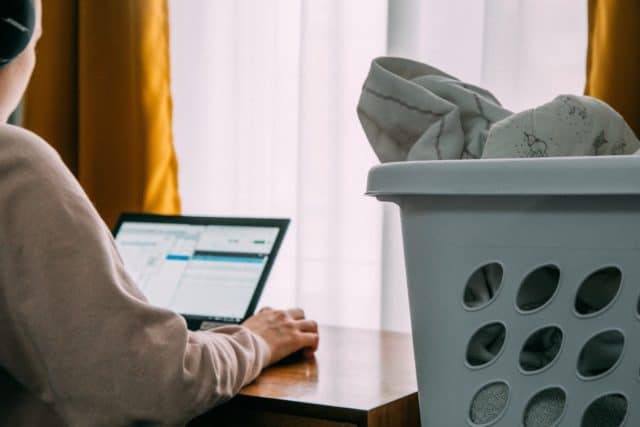
When it comes to clothing, most of us spend first, and count expenses later. Disproportionately cheap prices enable us to buy more than we need, and more often than necessary.
Grab a calculator and estimate your yearly spending on clothing. You might be surprised to see how high that number is (I certainly was). If you feel good about what portion of your income is spent on clothes each year, then you can keep this number as your ethical closet budget. If not, adjust accordingly.
2. Make a shopping list

To avoid going over your budget, only shop for the clothes you need. Because “need” means something different for every person, try to determine which clothes you need in the same way you determine which groceries to buy.
Just like you would look in your fridge to see what’s missing, take a look inside your closet. Do all of your socks have holes in them? Is winter coming, and you only have one or two pairs of long pants? Is your closet very blue and gray, so you might go for something orange next time you shop?
Write out a shopping list to stay organized. The more specific your needs are, the less likely you are to buy things outside of your shopping list.
Here’s an example of my shopping list for the coming season:
- Coordinated loungewear (pandemic life. If I have to live in it, I want to feel good in it)
- Brighter colors (my closet is very black and gray)
- Pleated pants (hopeful, for when I begin working in person again)
- Brown sandals (I have only one pair in black, and Spring is upon us!)
- Socks and underwear (it’s time!)

Feel free to add how many of each garment you need to ensure you don’t overspend or over-consume. It’s also important to note that unlike grocery shopping, you don’t go out and buy everything at once. Because purchasing an item of clothing is a larger financial commitment than pasta sauce, wait to find the items you’re looking for over time. This way, you have more time to reflect before you buy, have the chance to shop more often, and are more likely to catch sales.
Reviewing your closet more often can also give you a better understanding of what you actually own. You might find you have something really cool that you forgot about, or figure out a way to wear something you weren’t sure how to wear before. Creating a shopping list will also be easier when you really know your closet!
3. Create and follow criteria
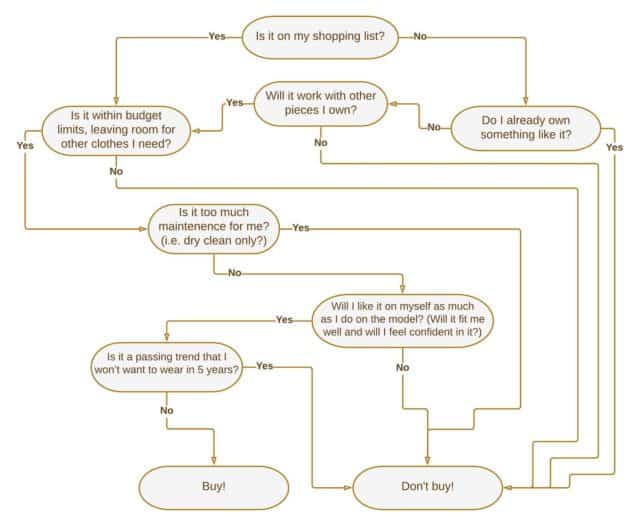
Now that you have your list, create criteria to follow while shopping. You don’t have to follow a flow chart every time you want to buy a pair of socks, but having guidelines will help you stop spending money on items you ultimately won’t wear.
For example, my personal criteria for buying new clothes (apart from “Is it a certified, silver, or gold brand on Eco-Stylist?”) are:
- Is it on my shopping list?
- Do I already own something like it?
- Will it work well with other pieces I own?
- Is it within budget limits, leaving room for other clothes I need?
- Is it too much maintenance for me (i.e. dry clean only?)
- Will I like it on myself as much as I do on the model? (Will it fit me well and will I feel confident in it?)
- Is it a passing trend that I won’t want to wear in 5 years?
This list is a good starting point for anybody, but you can add more criteria according to your needs and values.
4. Buy less
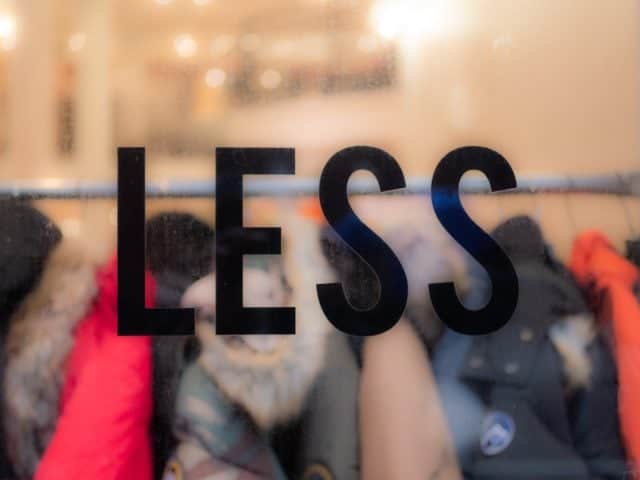
Because ethical clothing tends to be pricier, it can feel prohibitive. But, not splurging on as many pieces as you’re used to might just be in your favor.
Take a look at the pieces you own currently. Now take note of your favorite colors, types of clothing pieces/styles, and what you tend to make outfits with the most often.
At the same time, I’m sure you’ll come across pieces that are very similar to one another. For example, I personally am guilty of repeatedly buying black turtlenecks. Whether out of habit, convenience, or both, we can sometimes end up buying versions of the same piece over and over again. As a result, you’ve got ten black turtlenecks of similar materials, style details, and fits that all achieve the same thing.
In other words, you’ve spent 10x the amount you needed to. If you already own it, don’t buy it again. There’s a ton of inspiration online in places like Pinterest and YouTube to help you discover all of the versatile styling out there. When you take that and make it your own, you’ll officially have a much better understanding of your personal style, which will ultimately lead to less consumption and eliminating the event of buying something you never actually wear.
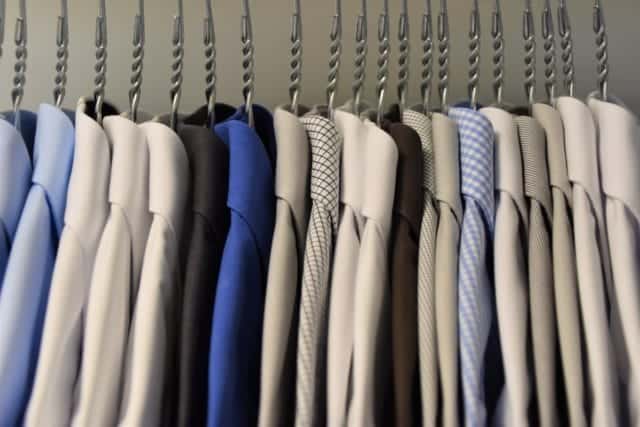
A smaller wardrobe can also make life less complicated. 20-30 pieces in your closet will yield more – and more interesting – outfit options than the mountain of clothing your A.M. brain tries to make sense of each morning. Travel becomes easier with fewer pieces too -If your closet is comprised of only items you actually wear, you don’t have to sift through as much before choosing what goes in the suitcase.
Some people like to update their closets and shop often, so when we own too many pieces at a time, we’re not even able to wear out what we own before we go shopping again. On average, a piece of clothing will be worn only 7 times before it is thrown out. That’s ghastly.
If you calculate how often you wear each piece of clothing in your closet, is it something similar? Owning fewer pieces might feel limiting at first, but because you probably need fewer clothes than you currently shop for, all you’re limiting is how much ends up in the landfill.
5. Consider all options
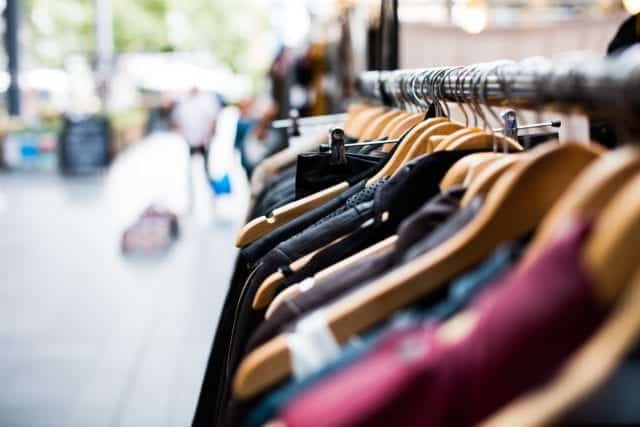
It’s no mystery that ethical brands have wide ranges of prices, and that each individual person has different thresholds, so searching secondhand options will save you some money. Swap, thrift, or rent through a store, or directly from other people via garage sales, family gatherings, and social media marketplaces. Our article 6 Sustainable Ways to Get Rid of Old Clothes and Shoes shares some great resources for thrifting and swapping if you want to check it out!
These are good options if, for example, you’ve spent a large part of your ethical closet budget on expenses that came up out of the blue, and then your brother decides to get married. You can thrift or rent second-hand formalwear especially, for a lower price, and it saves you from that only-worn-once issue.
Or maybe you factor secondhand shopping into your budget from the start – say you want to thrift certain items such as shirts and jackets, and save the other portion of your budget for new clothes from the ethical brands featured here on Eco-Stylist. Or, if you’re buying clothing for kids (who grow way too fast), consider thrifting a portion of their clothes as well.
Tailor these options to meet your needs, but beware: some sellers on resale sites like Poshmark and Depop actually perpetuate fast fashion by buying and selling enormous quantities of new fast fashion items to make a profit. A look through a seller’s page can help you tell whether you’re actually buying secondhand or not. If a page shows something like 1,000 active listings, most new with tags, and in many different sizes and styles, it’s not truly secondhand!
You can have a sustainable closet!

Although it might seem like an adjustment, doing some planning and changing your shopping habits will enable you to save some money and the planet at the same time!
It will also naturally help you better maintain your closet and express yourself better by knowing what you truly love to wear and how. Last but certainly not least, shopping sustainable brands will support the missions and commitments each brand makes to manufacture clothing in an ethical and sustainable way, for their communities and for Mother Earth.
What do you think? Are you ready to start building your ethical closet?
For help building an ethical closet, check out our personal styling service.
More resources to check out
*Article updated 4/25/22.

Vilte Vaitkute is a personal stylist at Eco-Stylist. When she was 10, she was gifted a sewing machine, and things just sort of took off from there. Vilte spends much of her time thrifting, editing, and creating outfits for herself and for friends.










1 thought on “How to Afford a Sustainable Closet”
Conscious consumption is the need of the hour for sustainability in this post pandemic phase.
That is exactly what we are working towards at Craftinence India.
Check out some amazing Upcycled denim bags, handwoven home decor items, stoles and many more produced by the artisan communities and women led self help groups.
Visit us : https://craftinence.com